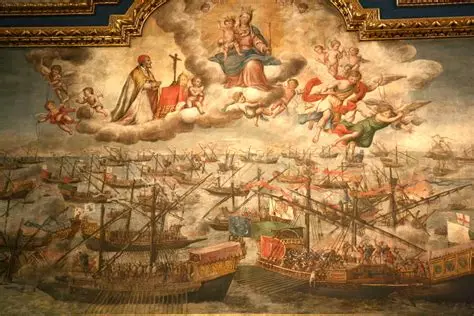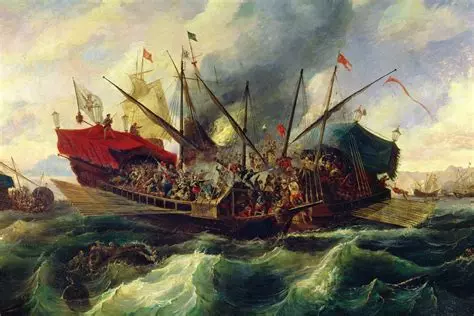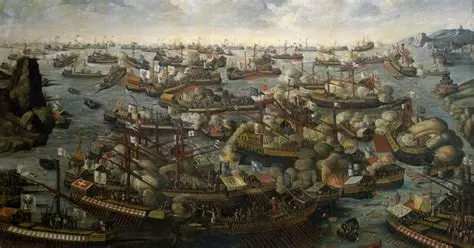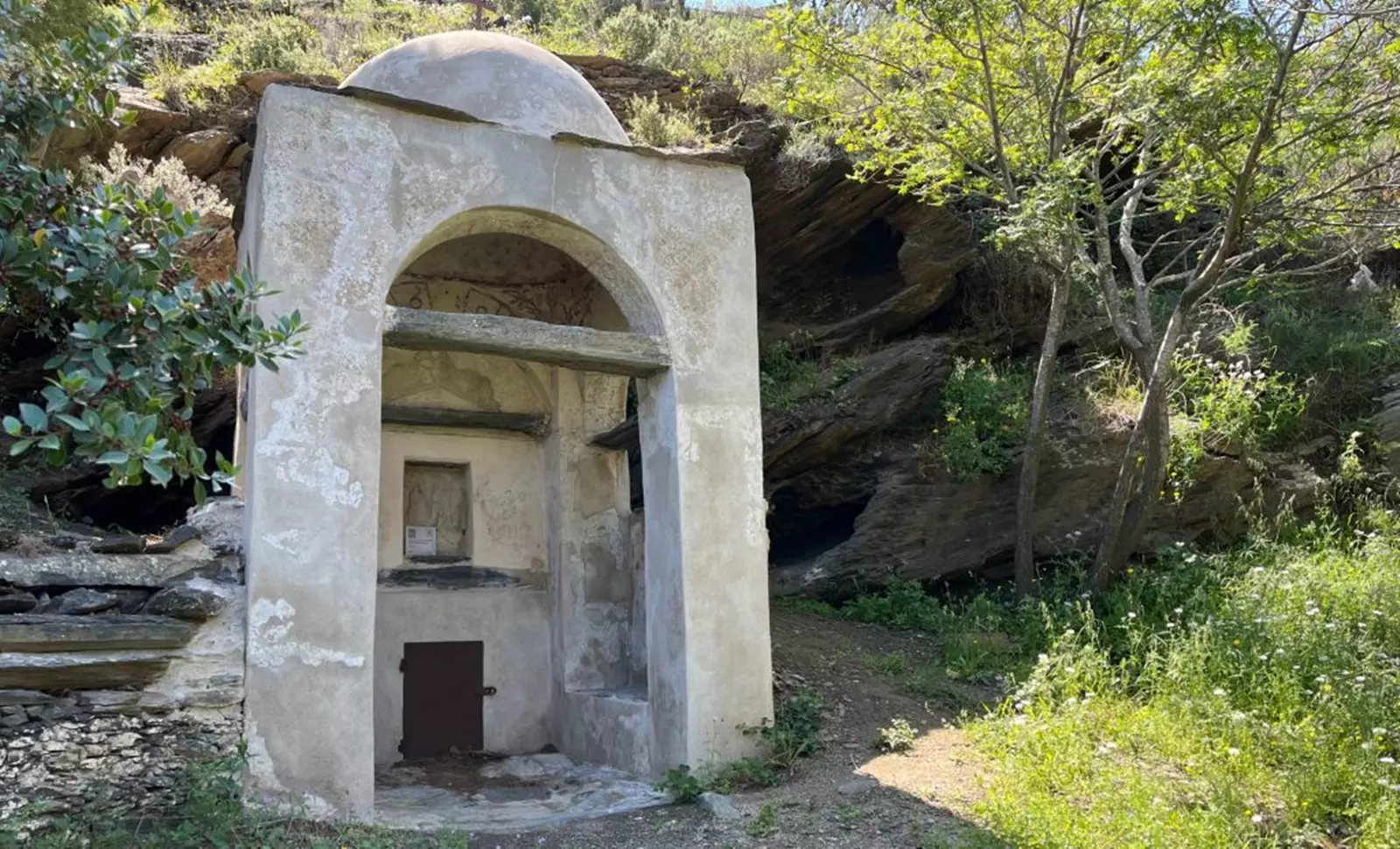On a day with fast winds and the sun low in the sky, 450 warships clashed in bloody combat in the Battle of Lepanto. It was 7 October 1571, the last major sea battle fought almost entirely between rowing vessels.
Moving westward from the navy base in the Gulf of Corinth, the fleet of the Ottoman Empire consisted of 222 galleys and 56 galliots commanded by Müezzinzade Ali Pasha. The men pulling full speed on the long oars wore leather armour and carried sharpened scimitars.

On the horizon, heading into the sun from Sicily, were more than 200 ships flying the banners of the Holy League, an armada gathered by Pope Pius V consisting of a coalition from the Papal States, Venice, Genoa, the Order of Saint Stephen, the Grand Duchy of Tuscany, the Duchy of Savoy, the Knights of Malta and the Spanish Empire.
The villages along the Mediterranean coast had suffered centuries of indiscriminate plunder, pillage and kidnap. When King Philip II called for volunteers to fight the Turks, they signed up ‘in masses,’ according to Spanish writer and historian Josep Pla. They came from every small port and village including a crew of adventurers from Cadaqués. The King’s half-brother, John of Austria, commanded the fleet.

The vessels taking part in the Battle of Lepanto were fast, agile trireme, galleys with three banks of oars and two square sails, a design little changed since the time of the Phoenicians and Ancient Greeks. Lashed together, the galleys formed a platform as solid as a stage. The sailors stowed their oars, primed their muskets, drew their swords and fought man-on-man across the swaying decks. Some 25,000 Turks and 8,000 Christians died. Among the injured was Miguel de Cervantes, who had fled Spain after some minor legal matter aged 22 in 1569. He found work in the household of a cardinal in Rome and enlisted in a Spanish Navy infantry regiment in 1570. During the battle, a bullet broke the radius and ulna of his left arm. Luckily, Cervantes was right handed and, thirty years later after a life of adventure, wrote Don Quixote, his great novel considered the founding work of European literature.
Wars with the Ottoman Empire would continue for another century, but the Holy League’s victory over the Ottomans at Lepanto was seen as a ‘moral victory’ that ended further Muslim expansion into Europe. The Feast of Our Lady of Victory was introduced by Pope Pius and King Philip was emboldened to name himself the Most Catholic King and defender of Christendom.

The Battle of Lepanto was forgotten in Cadaqués until the canonisation of Sant Pius V in 1712, when the descendants of those brave fishermen who had gone to holy war raised a shrine on a quiet hillside above the beach of Sa Conca. The stone relief of the saint – worn and weathered by the years – is set in a domed sanctuary surrounded by trees and wildflowers. It is not easy to find but an enormous pleasure when you do.
Click the Link to find out when the first people arrived in Cadaqués











